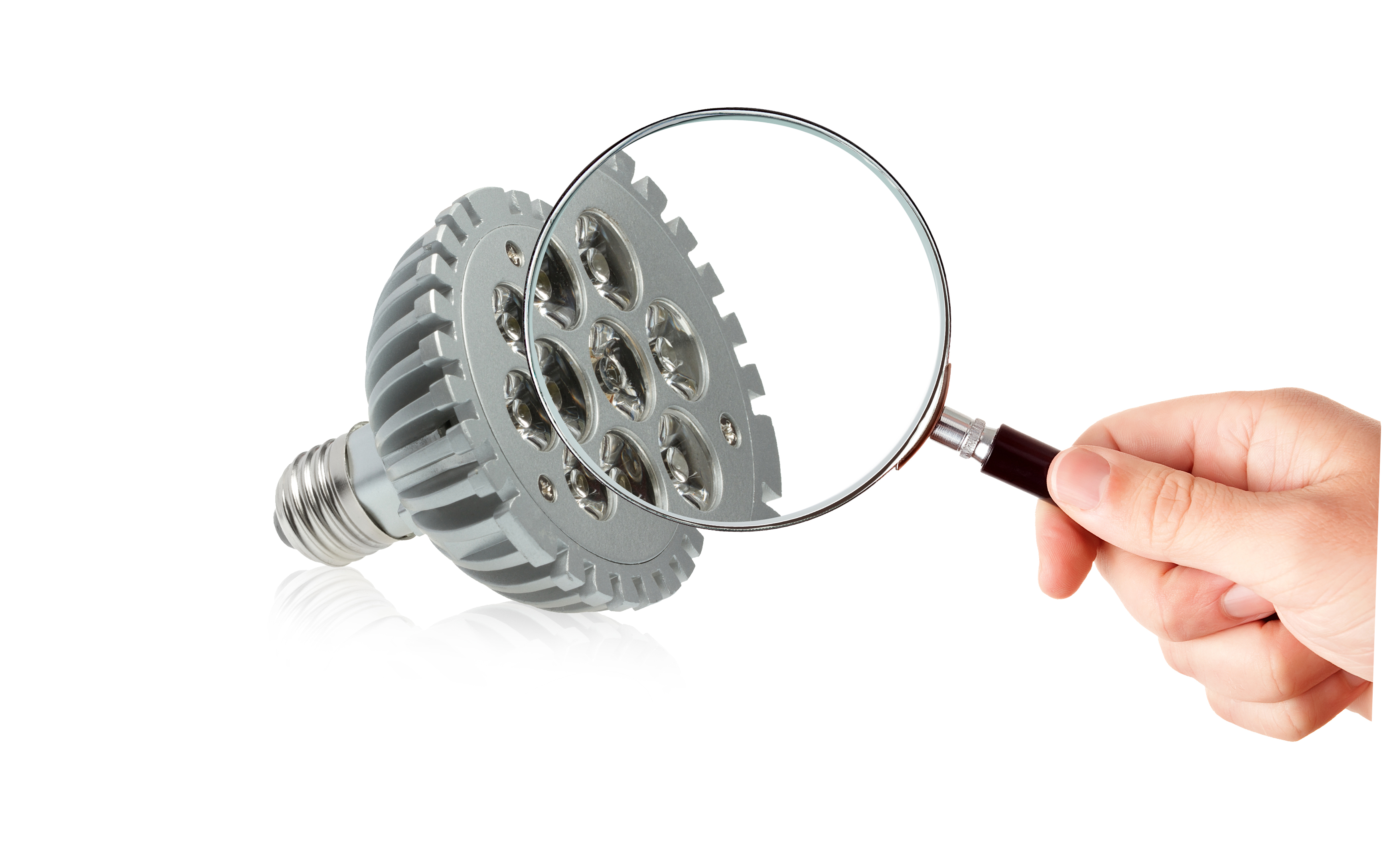A closer look at LEDs

In May this year Australia will restrict halogen imports, further fuelling the adoption of LED lighting. As a result, more and more lighting companies are introducing LEDs into the market with varying features and prices. So to help you differentiate a quality product from an inferior product, and ensure you a getting the most from your investment, here’s an LED checklist.
Efficacy
ADVERTISEMENT
Everyone knows that LED’s are energy efficient sources of light but not everyone knows how important efficacy is. In lighting, efficacy refers to the the amount of light produced by a light (lumens) divided by the amount power needed to produce it (watts). For example if a LED light has 13W and 500 lumens its efficacy is 38 lumens per watt. When choosing a LED look for a light that can produce the highest amount of lumens from the smallest amount of watts. As a guide efficacy levels should be between 50-70 lumens per watt.
Lumens
The lumen count of a light measures its brightness. This is commonly mistaken for wattage, which only refers to the power of the light and not its light output. An easy way to explain it is to imagine birthday cake candles. A light that puts out 1 lumen of light is as bright as 1 birthday cake candle. A light that produces 100 lumens of light is as bright as 100 birthday candles. According to the Department of Climate Change and Energy Efficiency an average 50W halogen produces 720 lumens. Given LEDs are five times more efficient then halogen bulbs, look for an LED that can emit 720 lumens or more for around 10W.
Long Lasting
Besides saving on your electricity bills, installing LEDs removes the hassle of constantly replacing your light bulbs. Halogen lights have an average life expectancy of 2000 hours whereas high performing LEDs should last for 70,000 hours. This means you won’t have to worry about them for thirty years.
Colour rendering index (CRI)
CRI is a measure of a light’s quality and it determines how well colours appear. While older style compact fluorescent lights have a CRI of just over 50, leading LED lights can offer a CRI of 90, allowing your lights to have the same quality as halogen without its inefficiency. In short, the higher the CRI, the better your home and furnishings will look.
Warranty
While there are a number of LED lights on the market, not all are guaranteed to last as long as you need them to. The best LEDs will have an unconditional 3-5 year warranty against all product failures, ensuring you peace of mind for your initial investment.
Thermal monitoring
Our hot summers have the potential to cause an adverse affect on LED lights by lowering their product life and causing them to overheat. To prevent this, a reliable temperature monitoring system that can limit a light’s output to maintain it’s product life and prevent the risk of fire is a necessity.
Compatibility
As halogen lights are phased out and LED replacement bulbs are needed, it its beneficial to find a light that is compatible with existing transformers. A light that is designed for all electronic and iron core transformers will result in a longer life for the transformers and the light itself. It will also ensure an easy and fast retrofit.
UV free
While halogen, incandescent and CFL lights emit some levels of UV light, LEDs do not. This means that the lights will not fade or damage any home furnishings. On top of this, no more insects will hover below the lights in summer.
Dimmibility
Good quality LEDs have the ability to dim smoothly between 0-100%. When testing an LED’s dimmability, ensure it doesn’t flicker and is compatible with leading and trailing edge dimmers.
Australian designed
A light that is designed for local use is going to perform better and survive the hot climate. Look for a light that has an Australian logo or is designed in Australia.
-
ADVERTISEMENT
-
ADVERTISEMENT

